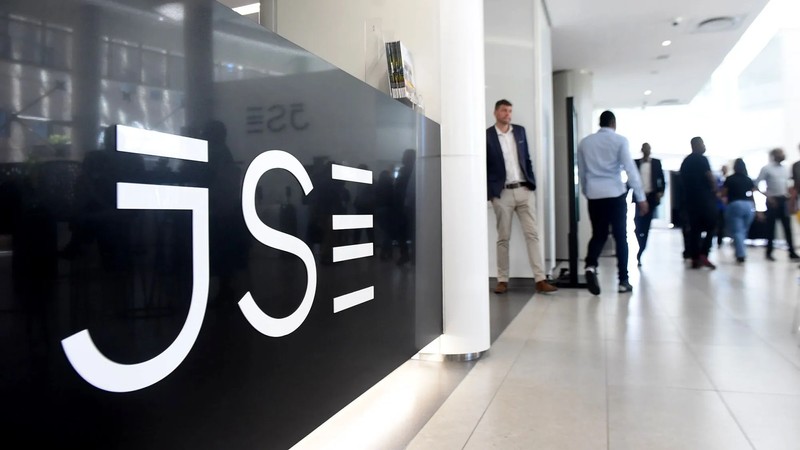South African equity markets delivered a fifth consecutive positive monthly return with the FTSE/JSE Capped SWIX Index up 2.2% month on month (m/m), leaving the local bourse 18.7% higher year to date (YTD).
In a familiar theme for the year, it was the precious metal miners that were driving returns, with platinum miners up 10% m/m and gold miners up 4% m/m delivering more than half of the July index returns between them. Platinum group metals (PGMs), rhodium ( up 32% m/m), and palladium (up 8% m/m) led the PGM miners’ share prices higher.
Telcos, another JSE sector that has outperformed in 2025 up 64% YTD, were also amongst the local bourse’s winners in July. Telkom, which rose16% m/m, reported strong 2025 results and a resumption of dividend payments after a four-year suspension, while MTN, which rose 9% m/m, was buoyed by the strong operational performance reported by its Nigerian unit.
Investment conglomerates Naspers and Prosus, which rose 3% m/m and up 36%
YTD in aggregate also lifted the JSE’s performance in July. JSE-listed stocks with predominantly global earnings, Anheuser Busch InBev (ABI) and Richemont (-10% m/m), were two of the JSE’s biggest losers in July. ABI reported second quarter 2025 earnings growth of 6.5% year on year (y/y) and reiterated medium-term expectations for 4%-8% per annum profit growth, but investors were spooked by volume declines in Brazil (-9% y/y) and China (-7.4% y/y), with the share price falling sharply to leave the counter down 12% m/m. Richemont delivered a solid 1Q26 trading update, with its key jewellery division growing by 7.1% y/y. Still, the share price struggled falling 10% m/m as sentiment towards luxury goods companies soured with poor results reported by peer LVMH and concerns around continued weakness in demand for luxury goods from Chinese consumers and the potential impact of tariffs.
The SA Reserve Bank delivered an anticipated 0.25% cut to the central bank rate at its July meeting, lowering the country’s prime lending rate to 10.5% per annum and bringing some much-needed relief to South Africfan borrowers. The rate cut helped lower the South African government’s 10-year borrowing rate, which ended July at 9.7% per annum., falling 0.25% during July despite global 10-year borrowing rates ending the month generally higher. The local currency weakened 2.8% m/m against a strong US dollar, though the rand remains 3.4% stronger against the US dollar YTD.
Global equities
Developed market equities had a solid start to the second half of the year with the MSCI World Index up 1.3% m/m, nudging global equity market returns into the double-digits YTD (+11.2%).
Mega-cap tech stocks were leading from the front again with the Bloomberg Magnificent 7 Index up 5.8% m/m, with chipmaker, Nvidia up 12.6% m/m the star performer amongst that cohort, aided by US President Donald Trump’s announcement that he would lift a ban on supplying AI chips to China and its Magnificent Seven peers saying that they would be accelerating their AI capex spend.
Alphabet, Meta and Microsoft (8.7%, 4.8% and 7.3% m/m, respectively) all saw their share prices rally after delivering positive earnings surprises. Tesla was the cohort’s worst performer falling 8% m/m as the company reported one of the worst quarterly results in over a decade, which saw its earnings per share fall -53% y/y on the back of the removal of US subsidies for electric vehicles (EVs), which impacted earnings. CEO Elon Musk told investors that they should anticipate “a rough few quarters” until the autonomous driving profits scale, likely towards the end of next year. Chinese stocks (Shanghai Composite +4.5% m/m) led emerging markets (EMs) higher (MSCI EM +2% m/m), with EM stocks still comfortably ahead of their developed market equities peers YTD (+17.9% vs +11.6% YTD).

Peter Little, Fund manager at Anchor Capital.
*** The views expressed here do not necessarily represent those of Independent Media or .
BUSINESS REPORT
